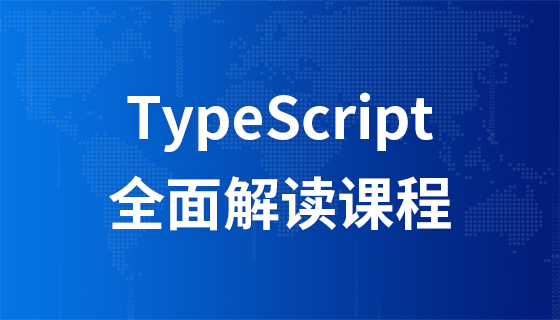
电脑下载正常,手机端乱码?ResponseEntity文件下载问题的深度解析及解决方案
许多开发者在开发文件下载功能时,常常遇到一个难题:电脑端下载的文件能够正常打开,但手机端却无法打开或显示乱码。本文将通过一个Spring框架ResponseEntity文件下载案例,深入分析此问题的原因,并提供有效的解决方案。
案例分析:
后端使用Spring框架的ResponseEntity构建文件下载响应,代码片段如下:
HttpStatus statusCode = HttpStatus.OK;
HttpHeaders headers = new HttpHeaders();
if (download) {
String filename = new String(r.getName().getBytes(), "iso8859-1");
headers.add("Content-Disposition", "attachment;filename=" + filename);
}
Resource resource = resourceLoader.getResource("file:" + path + "/" + id);
InputStream in = resource.getInputStream();
byte[] body = new byte[in.available()];
in.read(body);
ResponseEntity<byte[]> streamResponse = new ResponseEntity<>(body, headers, statusCode);
return streamResponse;前端使用JavaScript代码触发下载:
function handleDownload(file: any) {
console.log(file)
let a = document.createElement('a')
let event = new MouseEvent('click')
a.download = file.name
a.href = file.url
a.dispatchEvent(event)
}问题根源:

cqcms通用企业建站介绍 cqcms蓝色通用企业网站源码(带手机端)后台非常简单,一个后台同时管理PC和wap。把图片和文字稍加修改,就可以使用。适合任何企业网站 安装步骤: 1、下载文件,并且解压到网站的根目录,配置好apache/IIS虚拟主机以及伪静态;2、安装网址http://localhost/(localhost为您网址地址)3、网站后台入口 http://localhost/ad
 3
3

电脑端正常,手机端乱码,问题很可能出在前端代码中file.url的内容。移动端对Blob URL和Data URL的支持度不如电脑端。如果file.url直接返回服务器文件路径,或者是不兼容移动端的URL类型,手机端就无法正确解析和渲染文件,导致无法打开或出现乱码。
解决方案:
需要仔细检查file.url的实际内容,并考虑将其转换为移动端更兼容的URL格式,例如:
iso8859-1编码处理文件名可能存在问题,建议使用UTF-8编码,并确保Content-Type header 正确设置,例如application/octet-stream。 此外,避免一次性读取整个文件到内存中,改为流式传输,以减少内存占用和提高效率。改进后的后端代码示例 (流式传输,UTF-8编码):
HttpStatus statusCode = HttpStatus.OK;
HttpHeaders headers = new HttpHeaders();
headers.setContentType(MediaType.APPLICATION_OCTET_STREAM);
if (download) {
String filename = URLEncoder.encode(r.getName(), StandardCharsets.UTF_8.name()); // 使用UTF-8编码文件名
headers.add("Content-Disposition", "attachment;filename=\"" + filename + "\"");
}
Resource resource = resourceLoader.getResource("file:" + path + "/" + id);
return ResponseEntity.ok()
.headers(headers)
.body(new InputStreamResource(resource.getInputStream()));通过以上分析和改进,可以有效解决ResponseEntity文件下载在移动端出现乱码或无法打开的问题,确保文件下载功能在各种设备上都能正常运行。 记住,仔细检查file.url以及后端响应的Content-Type和文件名编码至关重要。
以上就是电脑端下载正常,手机端却乱码?使用ResponseEntity下载文件如何解决?的详细内容,更多请关注php中文网其它相关文章!

每个人都需要一台速度更快、更稳定的 PC。随着时间的推移,垃圾文件、旧注册表数据和不必要的后台进程会占用资源并降低性能。幸运的是,许多工具可以让 Windows 保持平稳运行。




Copyright 2014-2025 https://www.php.cn/ All Rights Reserved | php.cn | 湘ICP备2023035733号